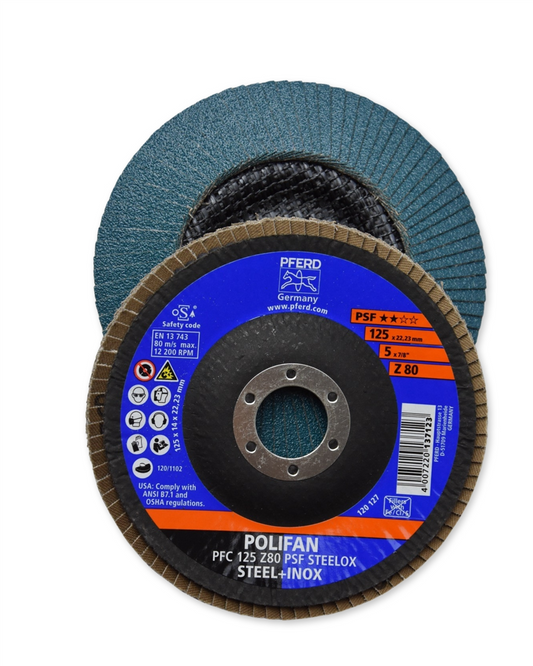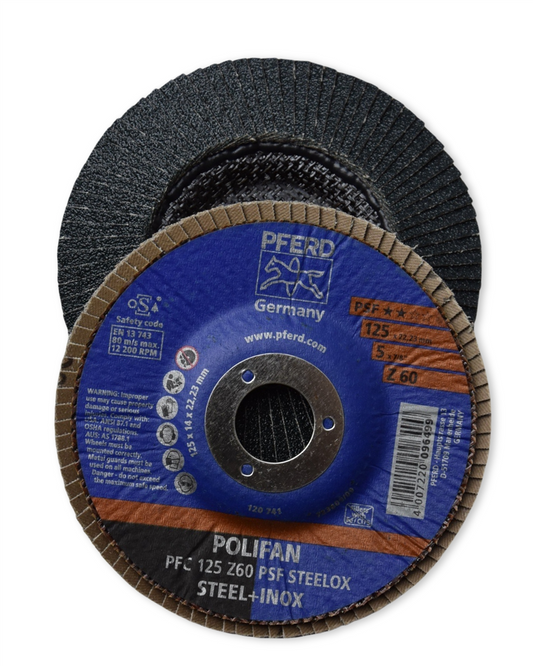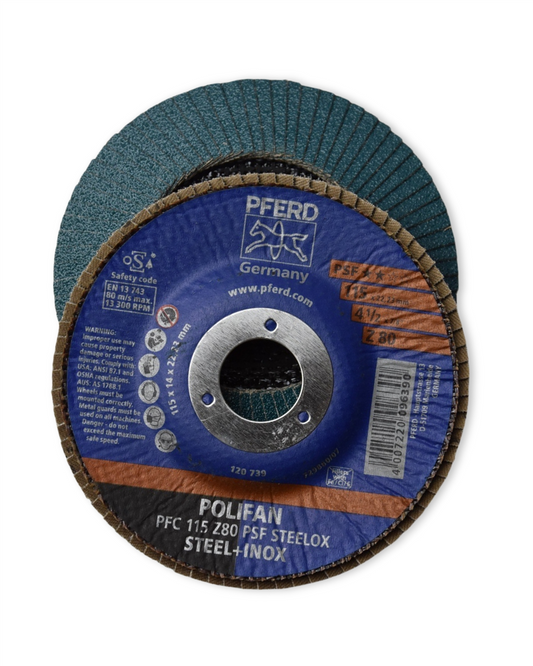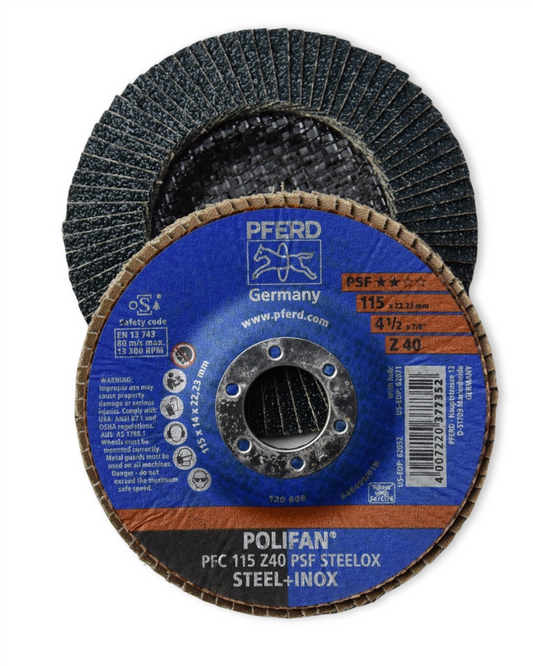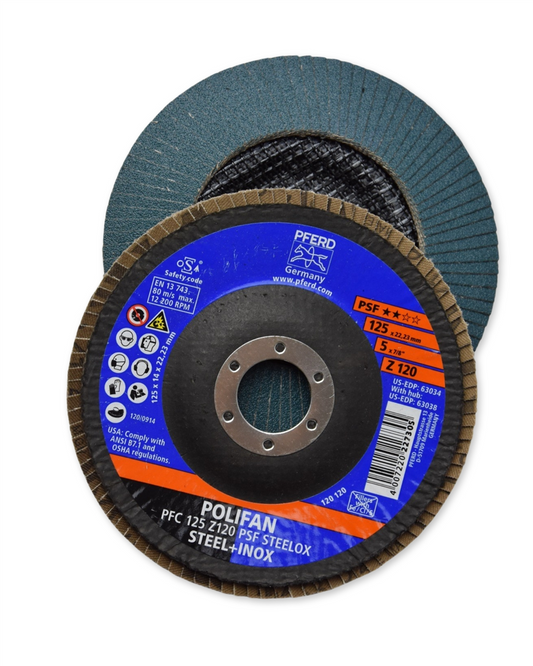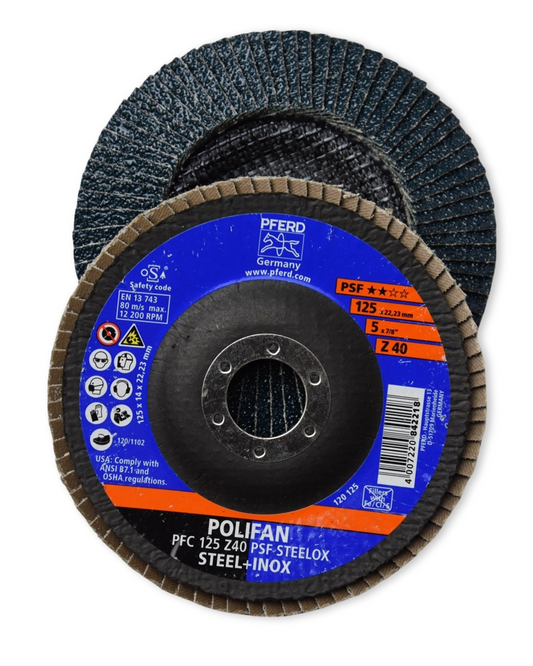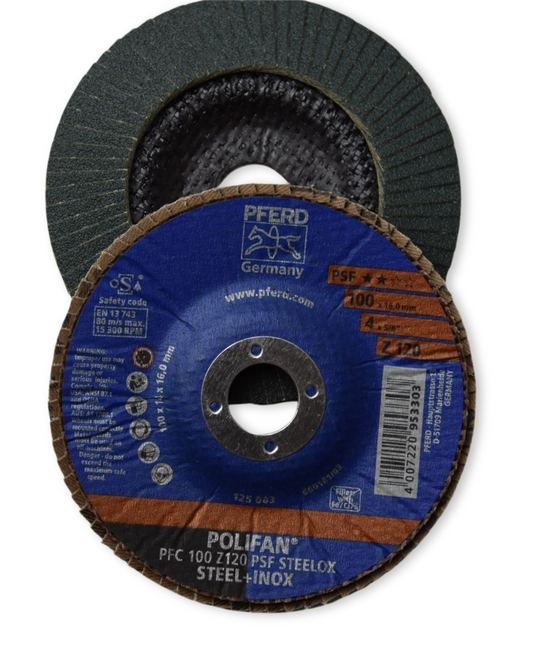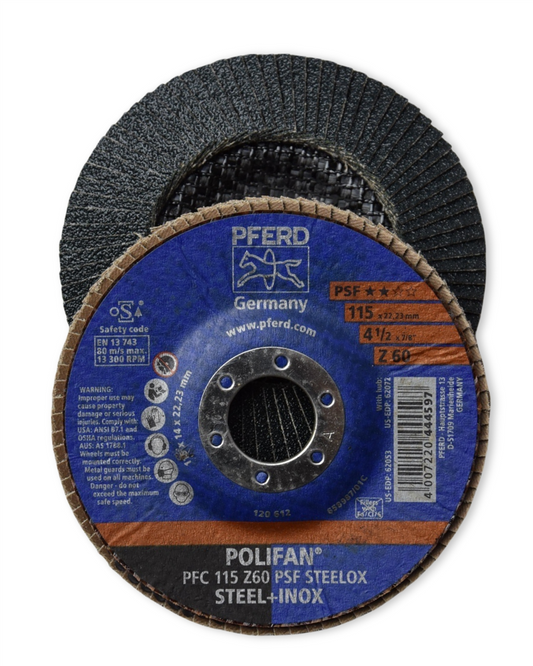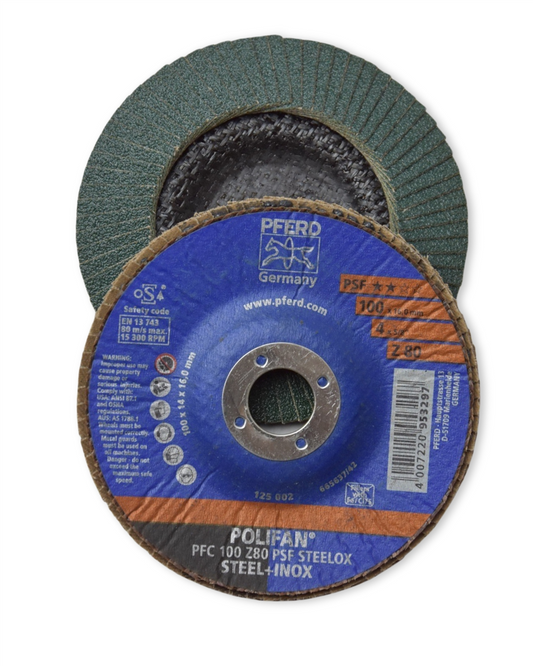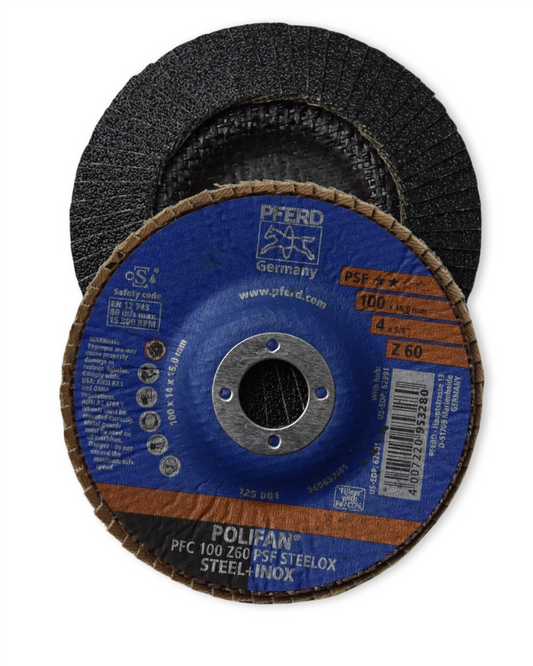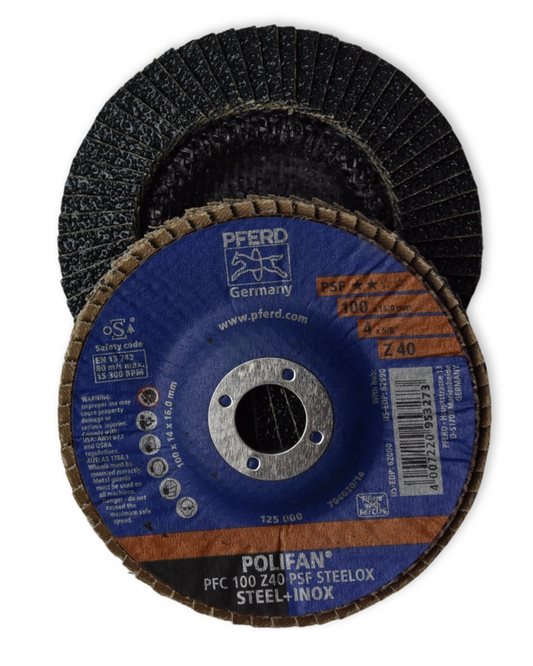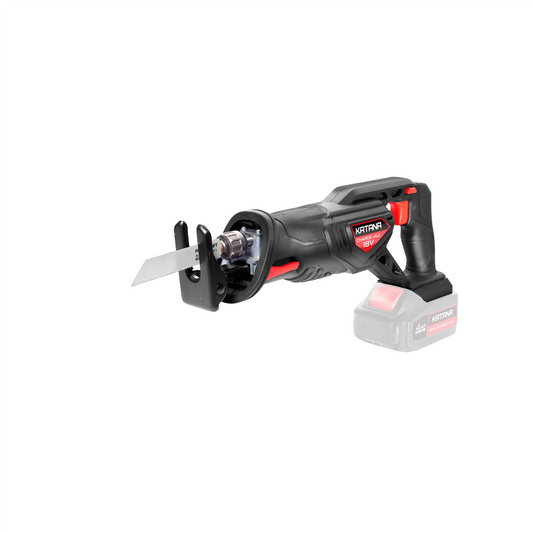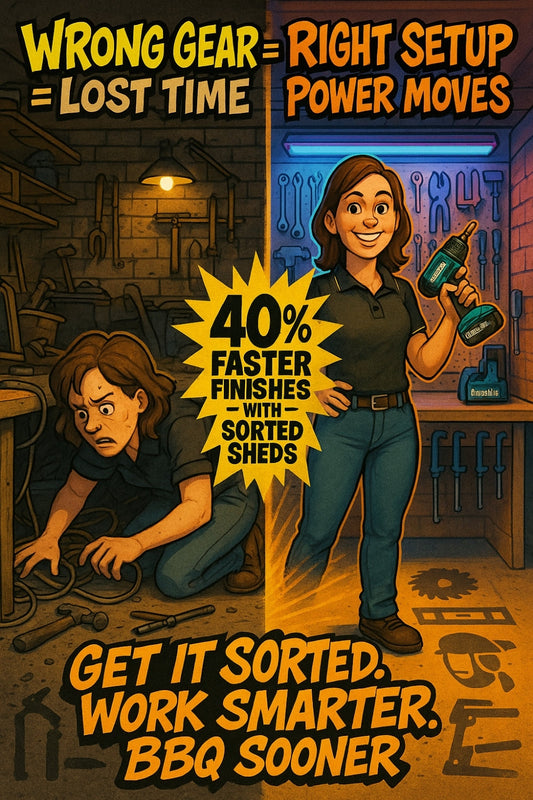Unlock the Secret to a Smooth Driveway Without Hiring a Pro
Share
A Long-Lasting Driveway Starts Here
A smooth driveway is more than just a nice welcome home—it’s a game-changer for your daily routine. No more tyre damage from loose gravel, no more slipping on muddy patches, and no more dust storms every time a car drives past. Ready to get that silky-smooth finish without calling in the professionals? Let’s make it happen.
Know Your Surface
First thing’s first—what are you working with? A tired, cracked concrete driveway? A bumpy gravel path that’s more potholes than road? Every driveway has its own quirks, and knowing your starting point helps you prep for the best results.
Common Driveway Problems
- Cracking – Common in concrete or bitumen, often caused by time, weather, or poor installation.
- Potholes and ruts – Found in gravel and dirt driveways from traffic and water erosion.
- Dusting – The enemy of a gravel driveway, causing loose debris to go airborne.
- Poor drainage – If water pools after rainfall, it weakens the surface.
Sound familiar? The good news is, fixing these issues is doable—no major contractor costs involved.
First Step: Prep the Surface
Preparation is key to getting a driveway that actually lasts. Grab a shovel, a rake, and a trusty wheelbarrow—it’s time to clear the way.
- Remove debris – Rocks, weeds, and broken pieces of asphalt or concrete have no place here.
- Fill cracks and holes – For concrete or bitumen, a quality crack filler will work wonders. If you have a gravel driveway, refill dips and ruts with fresh material.
- Level it out – High spots need a little shaving down, while low areas should be packed tightly.
Think of this as laying the groundwork for a job well done. A surface full of holes and loose debris won’t give you the smooth results you’re after.
Choose the Right Product
Depending on your driveway type, adding the right finishing touch makes all the difference. Here are some must-haves:
- Gravel stabilisers – If your gravel driveway feels like driving over loose marbles, it’s time to secure the surface. These products hold everything in place, preventing dust, shifting, and potholes.
- Crack filler for concrete or bitumen – A strong patching product seals existing damage and helps prevent bigger issues.
- Driveway sealers – Whether it’s for concrete, asphalt or gravel, these help lock everything together and extend the life of your hard work.
Compacting for a Smooth Finish
This step is where the magic happens. Whether you’re working with gravel, patching materials, or fresh sealant, compacting ensures a tight, long-lasting surface.
- For gravel driveways – A plate compactor, or even just driving over the area with a vehicle, helps pack everything in. The more compact the surface, the longer it will stay smooth.
- For concrete or bitumen – After filling cracks and sealing, let it set properly before use. Rushing into driving over wet sealant will only undo your hard work.
Patience is key here. Giving any repairs or treatments time to settle will save you a lot of future frustration.
Ongoing Maintenance
A little bit of regular upkeep goes a long way. Keep your driveway in top shape with these quick habits:
- Top up gravel driveways – Every few months, check for thin areas and add more material as needed.
- Reseal when required – Concrete and bitumen benefit from occasional resealing to protect against weathering.
- Check for drainage problems – Ensure water flows away from the surface to avoid erosion.
With the right approach, maintaining your driveway won’t feel like a never-ending chore.
A Driveway That Works for You
The secret to a smooth, well-maintained driveway? A bit of effort upfront and some solid upkeep. No need for expensive contractors—just the right techniques and products for the job. Whether it’s filling cracks, locking in gravel, or sealing for durability, taking charge of your driveway means less trouble in the long run.
See you on the smoother side of things!
Cheers,
Candeece

Stay Connected
Follow our Facebook Page: Strathalbyn H Hardware on Facebook

